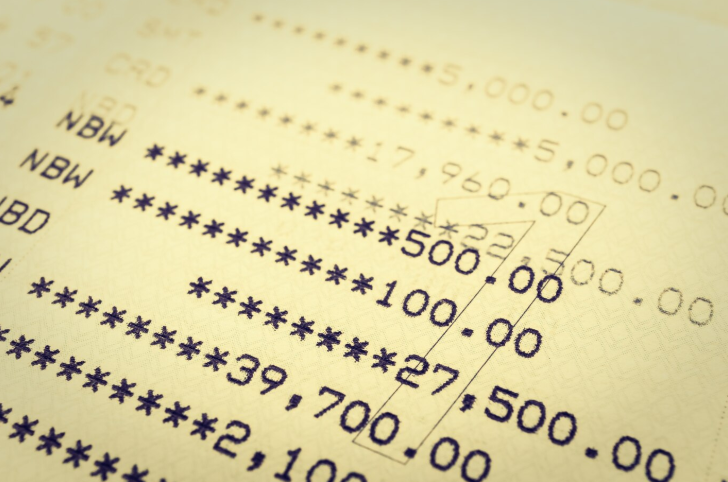In today’s fast-paced world where everything is just a click away, zip code finders have become an indispensable tool for individuals and businesses alike. Whether you are sending a package, ordering food online, or simply looking for a specific location, zip code finders streamline the process and ensure accuracy in addressing. This guide aims to delve into the world of zip code finders, exploring their importance, functionality, and how they have revolutionized the way we navigate the postal system.
Understanding Zip Codes
Zip codes, short for Zone Improvement Plan codes, are numerical codes used by postal services to identify specific geographic regions for efficient mail delivery. The concept of zip codes was introduced in the United States in 1963 by the United States Postal Service (USPS) to improve mail sorting and delivery.
Zip codes typically consist of five digits, with the option of an additional four-digit extension (known as ZIP+4) for more precise location identification. The first digit of a zip code represents a group of U.S. states, while subsequent digits further narrow down the region, city, and delivery zone.
Importance of Zip Code Finders
Zip code finders play a crucial role in ensuring accurate and timely delivery of mail and packages. Here are some key reasons why zip code finders are essential:
- Precision in Addressing: Zip code finders help individuals and businesses accurately identify and input the correct zip code for a specific address, reducing the chances of mail misdelivery or delays.
- Efficiency in Mail Sorting: Postal services use zip codes to efficiently sort and route mail to the appropriate distribution centers, ultimately speeding up the delivery process.
- Location Identification: Zip codes provide valuable information about the geographic location of an address, making it easier to pinpoint specific neighborhoods, cities, or regions.
- Online Shopping: E-commerce platforms and online retailers rely on zip code finders to ensure that packages are delivered to the correct address, especially when customers provide incomplete or inaccurate information.
How Zip Code Finders Work
Zip code finders operate as digital tools that allow users to look up zip codes for specific addresses or regions. These tools are commonly available on postal service websites, third-party platforms, and mobile applications. Here’s how zip code finders typically work:
- Address Input: Users enter the complete or partial address they are looking to find the zip code for, including details such as street name, city, and state.
- Search Algorithm: The zip code finder uses a search algorithm to match the input address with the corresponding zip code in its database.
- Results Display: The tool displays the correct zip code for the input address, along with additional information such as the city, county, and state.
- Error Handling: Zip code finders often include error-checking mechanisms to alert users if the input address is incomplete or invalid.
Types of Zip Code Finders
There are several types of zip code finders available to cater to different needs and preferences. Some common variations include:
- Online Zip Code Finders: These web-based tools are accessible through postal service websites, search engines, and specialized zip code lookup websites. Users can quickly find zip codes by entering the address details.
- Mobile Apps: Many postal services and third-party developers offer mobile applications that allow users to find zip codes on the go. These apps often provide additional features such as saving frequently used addresses and tracking packages.
- Bulk Zip Code Lookup: Businesses that deal with large volumes of mail or customer data may opt for bulk zip code lookup services, which enable them to input multiple addresses in one go and retrieve the corresponding zip codes efficiently.
The Evolution of Zip Code Finders
Over the years, zip code finders have evolved to meet the changing needs of users and advancements in technology. Here are some notable developments in the world of zip code finders:
- Integration with Mapping Services: Many zip code finders now integrate with mapping services such as Google Maps, allowing users to visualize the location of the address along with the zip code information.
- Auto-Suggest and Auto-Complete Features: Modern zip code finders often include auto-suggest and auto-complete features that help users quickly fill in address details and minimize errors in zip code lookup.
- API Integration: Businesses can integrate zip code finder APIs into their websites or applications to streamline address validation and enhance the user experience during checkout or registration processes.
Tips for Using Zip Code Finders Effectively
To make the most of zip code finders and ensure accurate results, consider the following tips:
- Provide Complete Address Details: When using a zip code finder, always input the complete address details, including house number, street name, city, and state, to obtain the correct zip code.
- Double-Check the Information: Verify the accuracy of the zip code provided by the finder to avoid any potential discrepancies in mail delivery or package shipment.
- Use Zip Code Finders for Multiple Addresses: If you need to look up zip codes for multiple addresses, consider using bulk zip code lookup services for efficiency.
Conclusion
In conclusion, zip code finders are invaluable tools that simplify the process of identifying zip codes for addresses across the globe. Whether you are sending a letter to a friend, ordering products online, or managing a business that relies on accurate mail delivery, zip code finders provide the accuracy and efficiency needed in today’s postal system. By understanding how zip code finders work, exploring their importance, and leveraging their capabilities, individuals and businesses can navigate the world of mail delivery with ease and confidence. Embrace the convenience of zip code finders, and unlock a world of efficient addressing and streamlined postal services.




